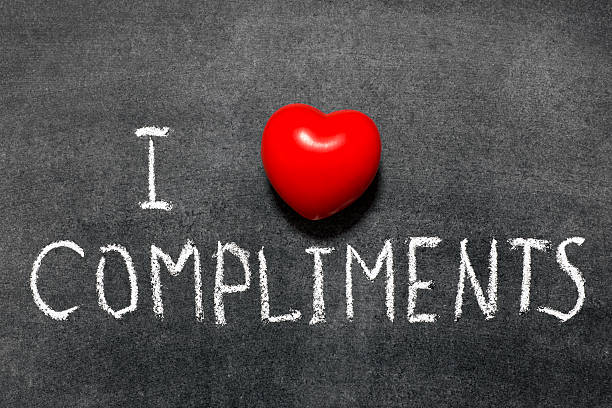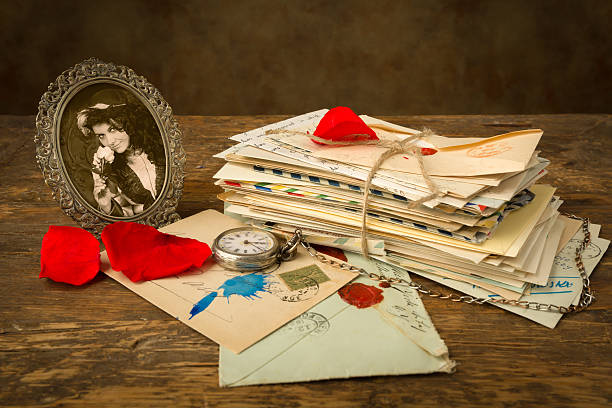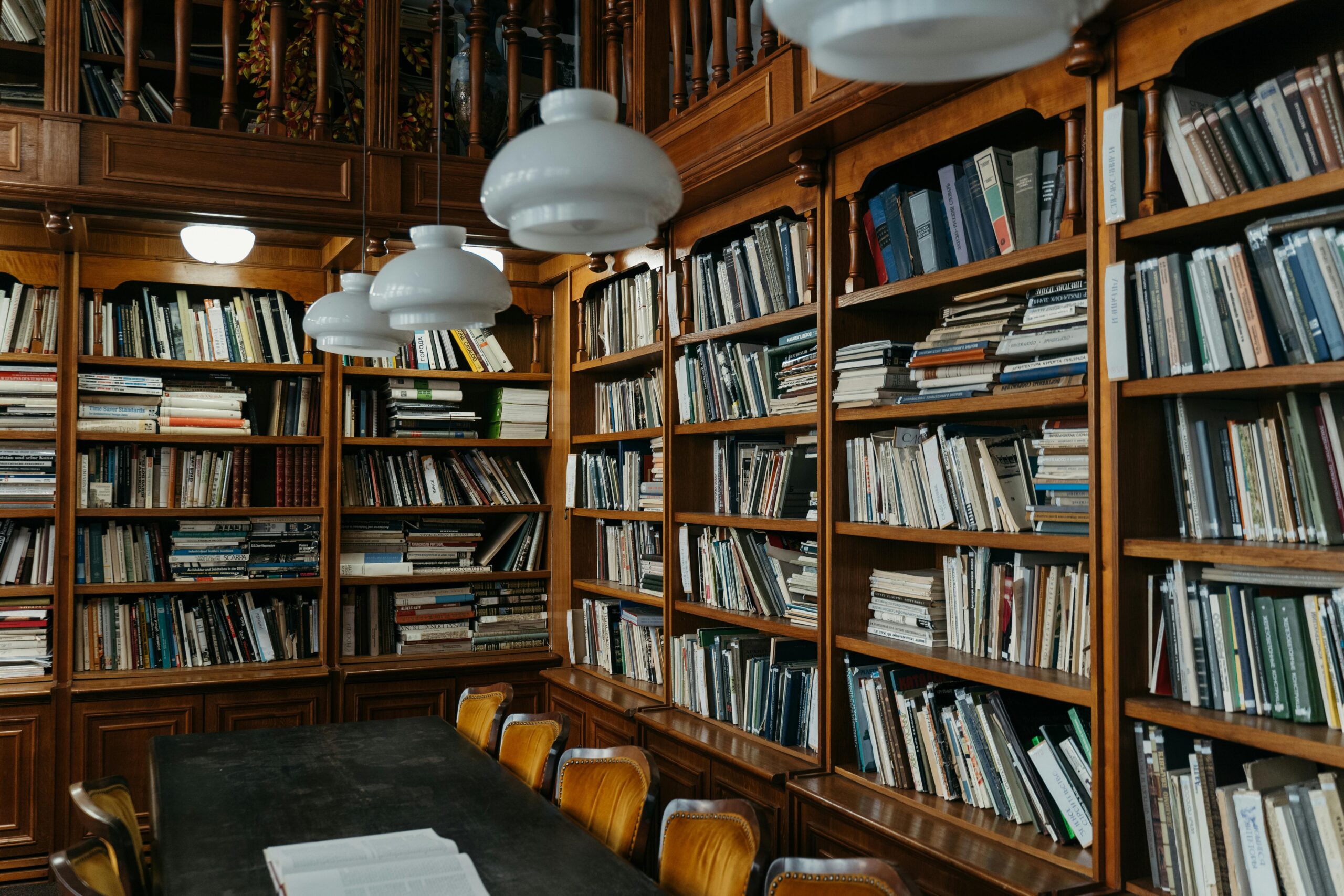Introduction: Why Literature and Etiquette Are Linked
Books are not just tales. They are mirrors of actual existence. One of the most thrilling things we will analyze from literature is how people behaved in the beyond. How literature displays social etiquette shows us no longer handiest what changed into polite or impolite in distinctive instances, however additionally how societies functioned. From greetings and table manners to like, marriage, and standing—books are full of these training.
Writers regularly use characters to spotlight the guidelines of their cultures. When we read memories from other instances or places, we learn about social behavior in literature that also teaches us how people lived, loved, and revered one another.
Social Behavior in Classic Literature
In traditional novels, manners were the whole lot. Authors like Jane Austen, Charles Dickens, and Leo Tolstoy stuffed their stories with policies of conduct.
Jane Austen: Manners and Marriage
In Pride and Prejudice, Austen makes use of Elizabeth Bennet and Mr. Darcy to expose how top manners may want to cover pleasure or reveal recognize. A lady become predicted to talk softly, concentrate cautiously, and stroll gracefully. A guy needed to bow, write polite letters, and by no means communicate out of turn.
Etiquette in conventional novels wasn’t just about being pleasant—it became a mirrored image of class, honor, and private well worth.
Charles Dickens: Respect and Class
In Dickens’ books, characters like Pip from Great Expectations show how politeness turned into tied to social rank. Poor characters had to research rich people’s manners to transport up in existence. This indicates how literature and manners shaped dreams and realities.
Cultural Norms in Global Literature
Books from special countries assist us apprehend how cultural norms in books range across the world.
Japanese Literature: Formality and Honor
In books like The Makioka Sisters via Junichiro Tanizaki, readers see how Japanese families reputable traditions, elders, and social stability. Speaking too at once or making loud jokes turned into seen as horrific behavior.
African Literature: Community Respect
In Chinua Achebe’s Things Fall Apart, politeness is proven via admire for elders, right greetings, and using proverbs. These reflect the significance of community values and traditions in African societies.
Latin American Literature: Warmth and Manners
Authors like Gabriel García Márquez show how Latin American cultures specific admire via contact, warm temperature, and strong family ties. Saying whats up, kissing cheeks, and always thanking others are small but powerful moves.

Family Etiquette in Literature
Families train manners to kids. Many books replicate this.
Children’s Books with Manners
Books like Little Women with the aid of Louisa May Alcott show women getting to know to be patient, kind, and polite. In Anne of Green Gables, Anne is taught to keep her tongue and speak respectfully.
These books about social norms show that families had been the primary location where manners have been discovered.
Love and Courtship Etiquette
Romantic memories are full of social guidelines. How someone proposes, flirts, or writes a love letter tells us loads about their time.
In older books:
Couples by no means touched in public.
A glance should imply deep emotion.
Letters had been full of cautious, well mannered words.
Literature showing recognize in romance regularly enables us understand what turned into ideal and what become no longer.
Even these days, romantic novels every so often reflect conventional regulations, at the same time as contemporary ones challenge them.
Politeness and Power
Sometimes, fiction and societal rules display how manners were used to control human beings.
Manners as Control
In many books, high-society characters use politeness to disgrace others. If someone didn’t realize the proper spoon to use or the right phrase to say, they were visible as “much less.”
This indicates that traditional manners in literature might be both useful and harmful. They could assist a person prevail—or maintain them of their place.
Modern Literature: Changing Rules
Today’s books reflect new ideas approximately manners.
In modern novels, directness is frequently praised.
Characters might also challenge antique regulations of race, gender, and sophistication.
Young adult novels regularly display young adults breaking social expectancies.
This shift shows that whilst manners nonetheless count, the arena is more open to questioning them.
Books that show politeness nowadays are extra flexible, accepting that kindness is more important than inflexible guidelines.
What We Can Learn from Literature and Etiquette
By analyzing books from exclusive instances and locations, we examine:
How to appreciate others higher
Why some behaviors matter extra in sure cultures
How social guidelines trade through the years
That suitable manners are regularly approximately kindness, not manipulate
Reading stories gives us emotional and cultural information. We don’t just research what to do—we understand why it matters.
Why It Matters Today
In a global where cultures blend more than ever, studying approximately manners enables us:
Avoid giving offense
Respect traditions
Be more thoughtful travelers, people, and pals
Whether on-line or in person, desirable manners never go out of fashion. And literature remains one of the excellent methods to examine them.
In many novels, how a person addresses any other character tells us a lot approximately social rank, respect, or closeness. Formal greetings, titles, and tone frequently replicate real-world traditions.
Use of Titles and Honorifics
In British literature, titles inclusive of “Sir,” “Madam,” “Mr.,” and “Miss” are used to expose politeness or distance. A character calling someone through their first call with out permission changed into regularly visible as rude or overly acquainted.
In Asian literature, in particular Japanese and Korean novels, characters use suffixes like -san, -sama, or -kun to show reputation, recognize, or emotional closeness. These varieties of deal with replicate complicated cultural structures of honor and hierarchy.
Such varieties of speech are not simply dialogue—they’re books approximately social norms that educate us appreciate is regularly shown in how we say a person’s call.
Indirectness and Polite Speech
Many cultures price indirectness in speech to avoid disagreement. In Middle Eastern and East Asian literature, characters frequently use gentle words or symbolic language to explicit reviews. They might also even keep away from saying “no” immediately, the use of well mannered excuses as a substitute.
These alternatives display how literature and manners are fashioned by using the value a tradition places on concord, saving face, and emotional stability.
Apologies and Thank Yous
Politeness in books often consists of pronouncing “thanks,” “sorry,” or different styles of acknowledgments. For instance:
In French novels, politeness may involve many small formalities.
In African literature, appreciate is shown via greeting elders with both hands or kneeling, defined in rich detail within the textual content.
In American fiction, informal gratitude is commonplace, but sincerity is key.
Through those dialogues, readers apprehend how social behavior in literature displays not simplest what’s said, but how and why it’s far said
Final Thoughts: Literature as a Mirror of Manners
Literature is greater than just memories—it’s a mirrored image of the way humans lived, interacted, and dealt with each different during history. From traditional novels full of traditional etiquette to fashionable books that assignment social norms, each story famous some thing approximately social behavior, respect, and cultural values.
When we read books from one of a kind international locations and time periods, we gain more than enjoyment—we study empathy, recognition, and information. How literature reflects social etiquette is not just about guidelines or customs, however about the human desire to attach respectfully and meaningfully with others.
Whether it’s through well mannered dialogue, respectful gestures, or maybe silent admiration, literature continues to train us how to stay better with each other.





